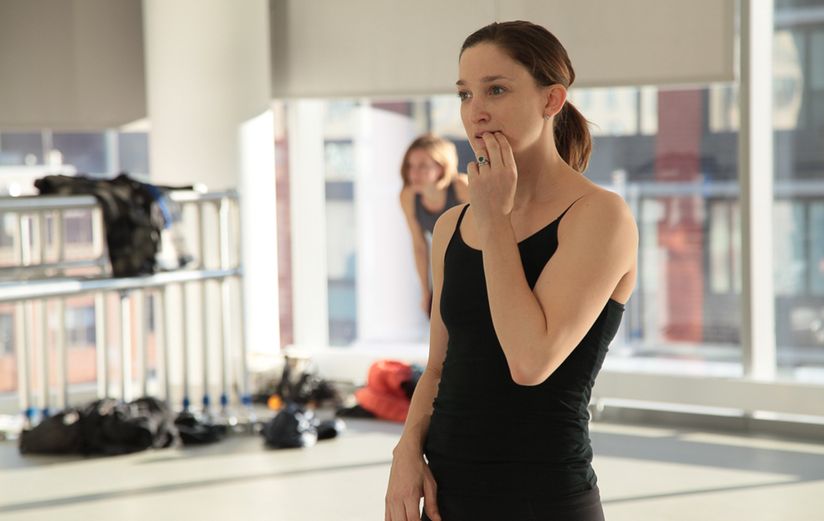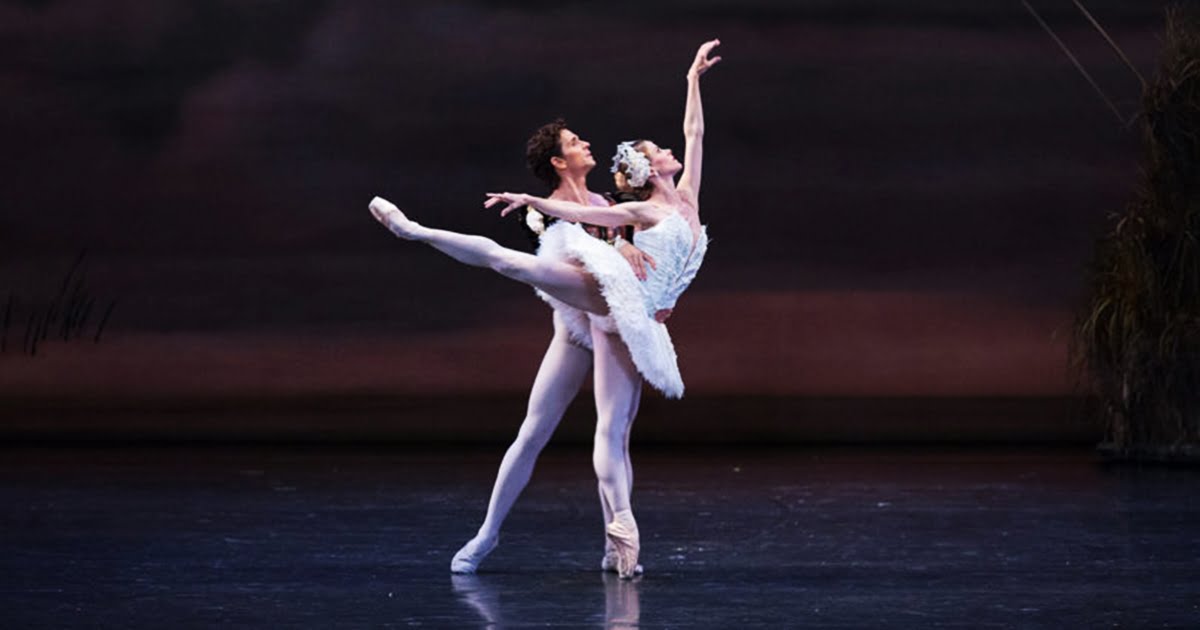The existence of ballet stems from the Italian Renaissance in the 15th century, which then transcended into concert dance form in France and Russia, becoming one of the most prestigious, technical, and influential forms of dance to ever exist. As a performing art, ballet belongs to the women, a dance form that certainly privileges the woman and centres on her glorification but still remains predominantly sexist, because simply put, ballet depicts women through the male gaze, or in the words of Pam Tanowitz; “ballet is a man’s idea of a woman”.
As a performing art, ballet belongs to the women, a dance form that certainly privileges the woman and centres on her glorification but still remains predominantly sexist, because simply put, ballet depicts women through the male gaze, or in the words ofPam Tanowitz;“ballet is a man’s idea of a woman”.
In 2020, women aim to share the same lifestyle as men, whether in terms of profession, leisure, or anything else for that matter, however that is precisely the kind of cerebral equality that ballet is incapable of showing. A simple example of the sexism in ballet would be it’s iconic pas de deux (a technical French terminology that translates to “step of two” meaning a dance duet, typically consisting of dancers of opposite genders) where the ballerina rises to point and then is supported by her male counterpart, who doesn’t just assist but leads the way.
Also read: Chhau Nritya—Breaking The Glass Ceilings Within Dance Forms
Ironically, for a dance form that thrives and revolves around women, ballet fails miserably when it comes to showing either the real oppression of women in the 21st century or the actual ability of a modern woman — the dance neither shows discrimination nor equality and the reason is the man, both on-stage and off-stage. The ballet world is in a serious scarcity of woman choreographers, so then there is no question when it comes to the misrepresentation of women in ballet, because while in the words of George Balanchine, “Ballet is a woman” — the choreography is that by men even today for most major dance companies. So truth be told, ballet is sadly a man’s world, therefore reeking of the inability to ever express a modern view on gender equality. The Royal Ballet has had women choreographers in the recent years, however they have been showcased in the smaller theatres of “Linbury Studio Theatre” rather than the main stage.

The iconic ballets such as Swan Lake or Giselle both have tragic heroines who are saved by their men, and even in the modern improvisations, it seems the sexism hasn’t vanished, but only taken a different form. For instance, in Balanchine’s 20th-century choreographies that are seemingly contemporary and conscious of today’s world, the woman is although not a concubine and not objects of male desire, they are still very much trapped by the society. Unlike Petipa’s 19th century romances, the ballerinas have ceased to be heroines who live for love, but they still play muse to the male artists and god forbid, the roles may never switch even in the apparently modern interpretations of Balanchine.
Ashley Bouder; a principal dancer in NYC ballet wrote in her article “It’s Time For Ballet To Embrace Feminism” — that “Ballerinas do what they are told by choreographers and directors—positions that we have become painfully aware of as traditionally male roles. Feminism is the theory of the political, economic and social equality of the sexes. By that description, the two terms seem contradictory.” Ballet thrives on its traditionality that it is now synonymous to rigidity and unwavering misogyny. The idea of traditional ballet is far from depicting gender-equality on stage because the classical ballet doesn’t offer any space for role reversal or blurring the roles, and the rare times when one witness such a role reversal, it is purely for comic effect.
Also read: Review Of Dance Like A Man: Society’s Desire For Wholistic Masculinity
Ballet thrives on its traditionality that it is now synonymous to rigidity and unwavering misogyny. The idea of traditional ballet is far from depicting gender-equality on stage because the classical ballet doesn’t offer any space for role reversal or blurring the roles, and the rare times when one witness such a role reversal, it is purely for comic effect.

Even more appalling is when roles are created based on gender, for example in Alexei Ratmansky’s Odessa, Ashley was made to perform a ‘gang rape scene’ — She was shown as weak and helpless in front of a mass that surely is consuming these stereotypes. Moreover, Alexei Ratmansky even came out and said “Sorry there is no such thing as equality in ballet: women dance on point, men lift and support women. Women receive flowers, men escort women off stage. Not the other way around (I know there are a couple of exceptions). And I am very comfortable with that.” The Russian choreographer, no less than a legend in today’s time is known for his modern ballets that stand out from conventionality, however while there is a miniscule attempt to demonstrate progressive thoughts in his choreographies, it seems the choreographer himself is confused when it comes gender equality.
Alas, ballet has for too long been enslaved by sexism — it’s high time it embraces new definitions of both femininity and masculinity because dance is meant to be inclusive and insurgent, not enslaved in age-old stereotypes and norms. Dance, much like any art form, is meant to be free, unabashed and holds the power to break glass ceilings, instead of being confined in typical, regressive gender roles that choke out the fluidity of life, and art.
Featured image source: health.sunnybrook.ca




